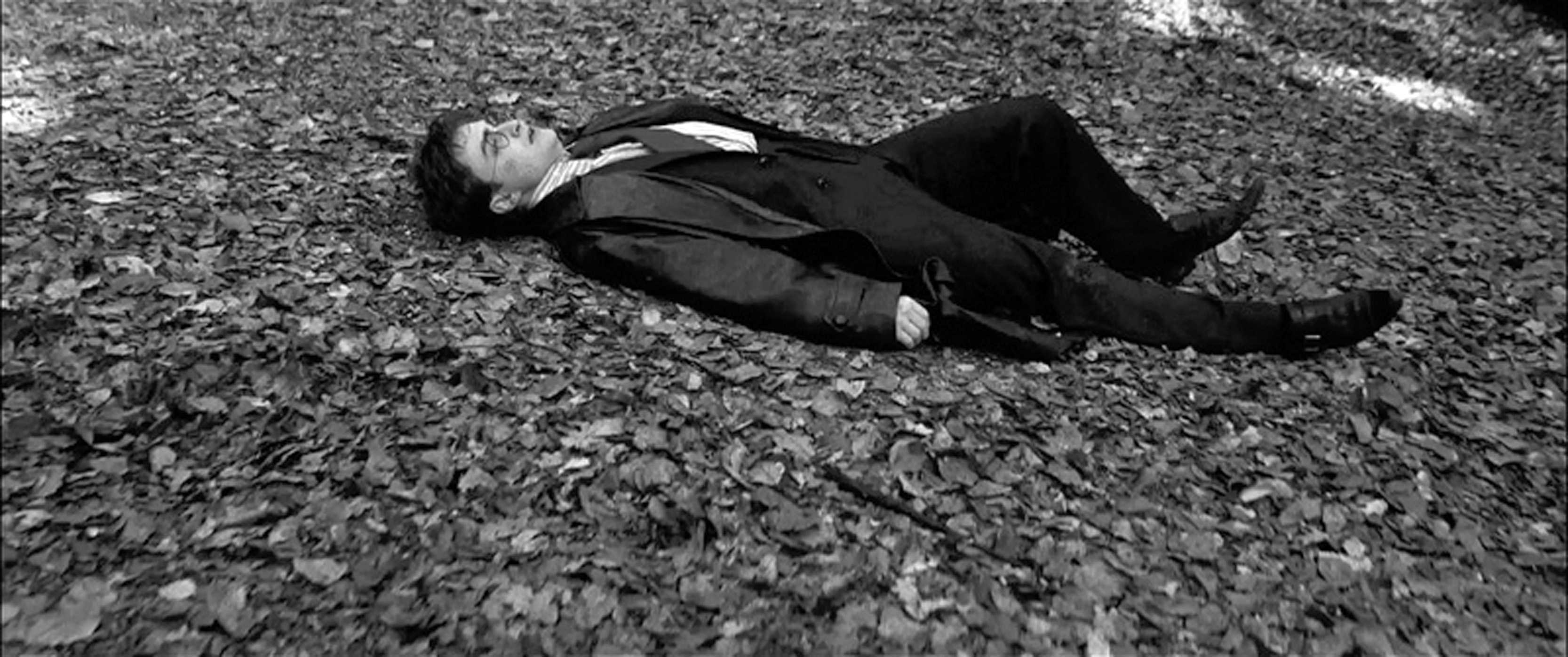Harry Potter and the Deathly Hollows Part I, Directed by David Yates (Warner Bros.; 2010)
9 years and 1,048 minutes of cinema later we’ve finally reached the penultimate installment of the Harry Potter film saga. Pity it’s unbearably boring. Harry Potter and the Deathly Hallows: Part 1 is little more than a chain of nauseatingly confusing climaxes broken up by the occasional joke or somber hug. This is especially disappointing considering the last installment in the series (Harry Potter and the Half-Blood Prince) was such a genuinely fun movie.
By pandering to the Michael Bay crowd, Harry Potter and the Deathly Hallows: Part 1 discards all sense of coherent structure. Whereas Half Blood Prince had its best moments when depicting the microcosm of schoolboy crushes and perceived popularity that is Hogwarts, Deathly Hallows: Part 1 wastes every other moment reminding you just how epic Harry’s ongoing tribulations are. The plot of the film is more like a video game than that of a fantasy film. On top of that, the only actors that get any sustained dramatic screen time are Harry (Daniel Radcliffe), Hermione (Emma Watson) and Ron (Rubert Grint). None of these three are strong enough actors to maintain any sort of apparent chemistry, and most of their extended dramatic scenes are downright painful to watch.
In one particularly disappointing scene, Harry coaxes Hermione into dancing in order to help distract her from the painful reality that everyone they know is being murdered. This scene is meant to serve as a key dramatic turning point- one where we are reminded that the real strength of Harry’s character isn’t his mastery of magic but his compassion. Unfortunately though, a quick montage of smirking and waltzing doesn’t accomplish any of that. Instead it offers only a brief boring respite between two prolonged and desensitizing battles between Harry and the forces of evil.
Enter the Void, Directed by Gaspar Noe (Wild Bunch; 2010)
Film pioneer Dziga Vertov once said: “I am a mechanical eye. I, a machine, I am showing you a world, the likes of which only I can see;” writer-director Gaspar Noé has taken Vertov’s concept of “Kino-Glaz” (Cine-Eye) to its logical culmination. Enter the Void takes place entirely from the perspective of its main character, Oscar (Nathaniel Brown). Between Noé and cinematographer Benoît Debie, the camera becomes a transient spectre, drifting untethered around, over, and through the skyline of contemporary Tokyo. The viewer isn’t just made to see what Oscar sees; incredibly, anyone watching is forced to feel all of the natural and synthetic highs that distort Oscar’s perceptions. It’s impossible to convey the level of trance that watching this film induces. Each visual distortion, each optic trick, draws in and arrests the viewer to a level I’d previously imagined impossible.
Its visual mastery alone makes Enter the Void a great film. This said, the actual narrative story does have some serious flaws- Oscar is a drug dealer and his sister Linda (Paz de la Huerta) is a stripper; an abundance of flashbacks make it quite clear that both have led very tragic lives. Linda’s codependence issues are romanticized rather than confronted and neither character has any clear purpose or ambition in any of their actions. Each character seems completely numb to their surroundings and none aim to find any purpose amid their existence. While the interactions between the characters are very dramatic, there’s a very apparent lack of complexity. Even in private the characters refuse to exude any sort of personality. As they meander around Tokyo, these traumatized drugged-out patsies react to many things, but seldom act when not provoked to do so.


